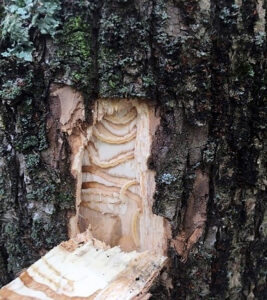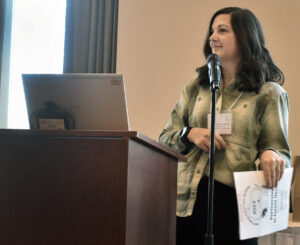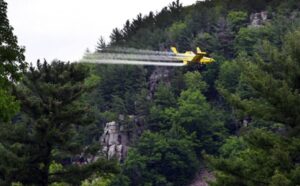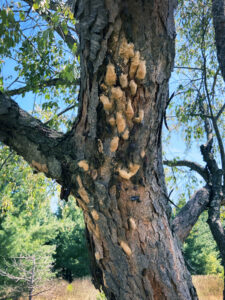Note:
The original version of this Forest Health News article has been removed because the journal article in Science magazine that was referenced has been retracted by its authors due to a mathematical error. The journal authors reran their analysis and although many results remained unchanged, the statistical significance of some conclusions, and the results of some robustness tests, did change. It is unclear to what degree these errors affected observations in the Forest Health News article, so that article was removed. More information is available here.

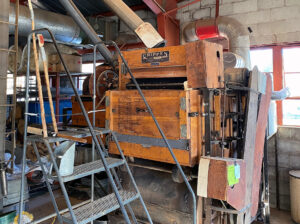
 As Wisconsin braces for another potentially busy season of spongy moth caterpillars, three state agencies have teamed up to make it easier for tree owners and others to access the latest information and advice on the invasive, leaf-chomping pests.
As Wisconsin braces for another potentially busy season of spongy moth caterpillars, three state agencies have teamed up to make it easier for tree owners and others to access the latest information and advice on the invasive, leaf-chomping pests.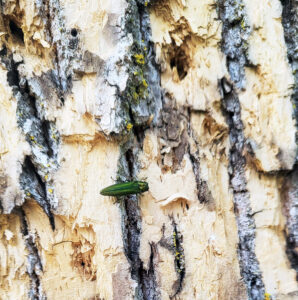
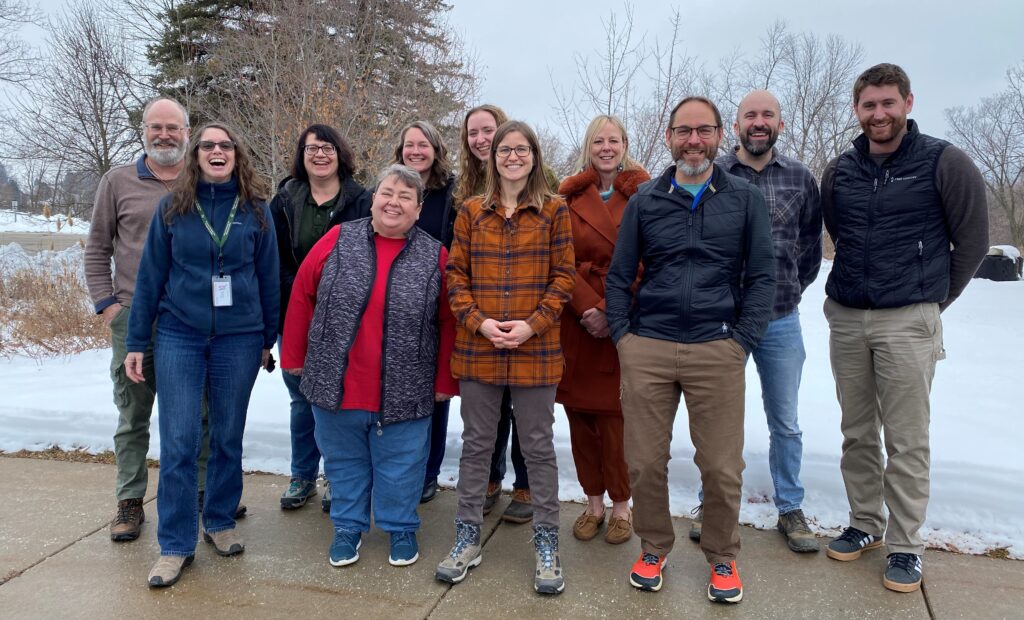 The boundaries of the Northeast, East Central and North Central DNR Urban Forestry regions will be altered at the end of April to balance workload across the regions better. The changes are:
The boundaries of the Northeast, East Central and North Central DNR Urban Forestry regions will be altered at the end of April to balance workload across the regions better. The changes are: